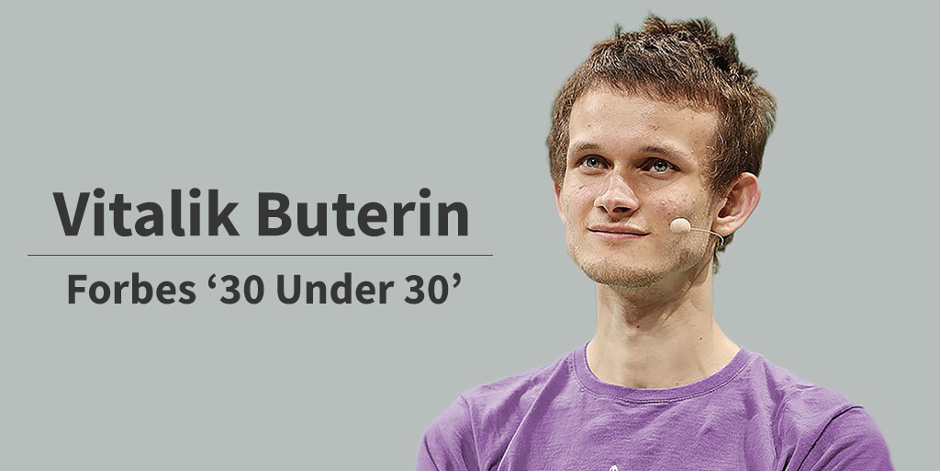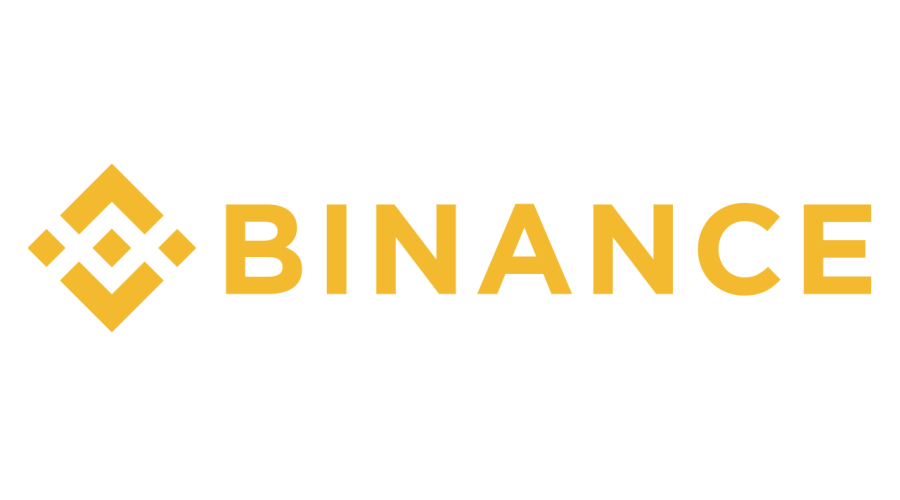
Have you been keeping an eye on the cryptocurrency market these past few weeks? If you have, you’ll know that the crypto market has been pushing towards its all-time high. Although the price of Bitcoin has recently seen a slight correction, interest in crypto and altcoins is already higher than in a long time. As such, you might be interested in earning a passive income with crypto. Perhaps you already have some Bitcoin and are now looking to diversify your portfolio? As many see the beginning of a bull run, people are looking to learn how to earn a passive income with Ethereum – the foundation of decentralized finance – to make gains whilst they sleep.
In this article, we explain exactly what Ethereum is and it’s crucial role and functions within the cryptocurrency ecosystem. Also, we’ll cover several different ways to learn how to earn a passive income with Ethereum. We’ve already gone through some of the ways to make a passive income in crypto – but this article is dedicated to understanding passive income in Ethereum.
Ethereum underpins the vast majority of decentralized applications (dApps) and decentralized finance projects. Consequently, Ethereum is one of the hottest altcoins out there, and offers a variety of ways to make a passive income. Keep in mind, however, that some types of investing are inherently risky.

Before we get into the nitty-gritty details of active vs passive income, and the various ways you can make a passive income with Ethereum, do you want to educate yourself about Ethereum? If so, check out Ivan on Tech Academy. Not only does Ivan on Tech Academy offer countless educational blog posts free of charge, there are also dozens of in-depth blockchain courses. Expand your knowledge about Ethereum, DeFi or crypto basics with a top blockchain academy!
What is Ethereum?
So, to understand Ethereum, we first have to look at where Ethereum fits in compared to Bitcoin. Bitcoin was the first blockchain-based cryptocurrency to be created, back in 2009. Put simply, blockchain technology is a revolutionary way of securing data in a cryptographic yet transparent way. Networks are run by nodes that hold full copies of the blockchain. These nodes mathematically verify transactions before appending them to the chain. Bitcoin is the largest, and therefore the strongest cryptocurrency network. However, it is limited in terms of the functions it can perform, as it was only designed to send transactions from A to B.
Enter Vitalik Buterin. Buterin is a Russian-Canadian programmer and blockchain technology devotee. Buterin originally approached the Bitcoin team, requesting to develop his vision on top of their blockchain. However, the programmer was turned away, so he decided to build a new blockchain himself – Ethereum.

The Ethereum Network was released in 2015. Specifically, the Ethereum blockchain created a programmable landscape enabling developers to deploy decentralized applications (dApps) in a permissionless way. Beyond this, dApps on the Ethereum blockchain can interoperate with each other. Thus, all Ethereum dApps are considered ‘lego blocks’, that can be built and designed with endless opportunities.
The introduction of a smart contract-friendly blockchain opened up a whole new world for the technology, making Ethereum the second-largest cryptocurrency. What’s more, Ethereum is already the backbone of over 200 DeFi applications and hosts the majority of decentralized projects in the crypto space.
Since Ethereum, there have been further creations of smart contract-friendly blockchains including Hyperledger, Waves, Polkadot, and Cosmos to name a few. Each is uniquely designed to host and deploy smart contract applications amongst other features. However, none have yet come close to the adoption, community, and the ever-growing development of Ethereum.
Active vs Passive Income
An active income is something that you make from going to work, exchanging your time for money. Conversely, a passive income is a way of earning money without exchanging your time for it. It is not uncommon for people to hold a full-time job while also working on building passive income streams.

An active income is usually what you earn from your day job. However, a passive income is something that can be built to produce additional income that doesn’t require the same amount of time and energy as a full-time job. Ideally, a passive income can be cultivated over time so that it eventually generates a self-sustainable income. Traditionally, stocks or gold have been somewhat reliable sources of passive income, as these assets tend to increase in value over time. Recently, however, cryptocurrency has become a lucrative and accessible way to earn a passive income, particularly thanks to Ethereum.
The vast majority of the decentralized finance ecosystem is built on top of Ethereum, supporting hundreds of applications for various specified financial requirements. These include asset management tools, DEXs, derivatives, and margin trading. Also, projects have been created specifically to aid developers building on the blockchain, and Ethereum-based DAO platforms too. Decentralized Autonomous Organizations help create decentralized, multi-governance of digital assets, and resources. Let’s look at some ways to make a passive income using Ethereum!
How To Earn A Passive Income With Ethereum
Staking
The Ethereum blockchain is in the midst of a historic transition towards Ethereum 2.0. This long-anticipated update will see the consensus mechanism of Ethereum change, from Proof-of-Work (PoW) to Proof-of-Stake (PoS). In short, this means that Ethereum will no longer be created, or mined, as the result of enormous computational power solving equations. Validators will be required to stake a minimum of 32 ETH to secure the network. Validators will be nominated by other validators to compete to solve the equation and process a transaction.

Even before the Ethereum 2.0 upgrade launch, ETH has also been used in other staking platforms. Users can keep their funds on a project such as Staked, a non-custodial staking platform allowing investors to earn a yield on their staked assets, without losing custody of said assets. Staked currently offers 22.9% APY on ETH, with other assets available to stake yielding over 35%.
However, the transition of the consensus mechanism with the Ethereum 2.0 upgrade means more people are incentivized to stake their ETH with the Ethereum network. 32 ETH is valued at $16,512 at the time of writing. Although this is certainly less capital than required for becoming a PoS node, however, it is still a large sum of money.
In the past few months, we have seen the development of several platforms that have created ETH staking pools for the 2.0 network. Projects such as Ankr and RocketPool allow anyone to become an Ethereum validator, by contributing as much or little ETH as desired. The ETH is then pooled together with other users to amount to a total of at least 32 ETH before then receiving staking rewards from fees earned relative to the amount staked.
Trading
Though it may not seem like an obvious method for making a passive income, with a strong understanding of the markets and trends, cryptocurrency trading can be a lucrative – albeit chronically risky – way to make your money work for you.
Trading is all about probabilities and market sentiment. The market participants’ sentiment is reflected in the price of any given asset, whilst the probability of price changes is what prompts many traders to press the big green button.

To get ahead in crypto trading, it’s crucial to have a strong understanding of both fundamental analysis and technical analysis. You can learn both by enrolling in Ivan on Tech Academy. In fact, over 30,000 students have already joined Ivan on Tech Academy. This leaves anyone who isn’t enrolled in Ivan on Tech with a knowledge disadvantage – join Ivan on Tech Academy and make sure to understand the fundamentals of trading! Right now, you can get 20% off when joining if you use the promo code BLOG20.
Manual vs Algorithmic Trading
Manual trading requires time-sensitive decision making, reacting to market fluctuations, and changing sentiment. This can be a great way to make money for the disciplined investor with plenty of time. However, those that don’t wish to spend hours in front of screens every day might consider algorithmic trading.
Algorithmic or ‘bot’ trading, is a way that you can automate your trades when you’re asleep or at work. By implementing an effective strategy, it is possible to make specific trades of specific coins at a chosen programmed time using trading bots. It may seem overwhelming to a new-comer in the industry, however, it’s nothing to be intimidated by.

It is completely possible for someone with no programming or trading experience, to code, design, and deploy your very own algorithmic trading bot within just a few weeks. Check out our Technical Analysis and Algorithmic Trading course if you’d like to learn how to make a passive income with Ethereum, or any other digital asset or commodity!
Hodling
Hodling is perhaps the simplest, most effective example of how to earn a passive income with Ethereum and other cryptocurrencies. Buying the dips on a frequent, sustainable basis is a proven method for making gains. In February 2020, ETH was trading at around $300. In March 2020, Ethereum dropped to almost $90. At the time of writing, ETH was recently trading at around $609, approximately 130% away from its all-time high of around $1,400 in January 2018.

Investing in cryptocurrency is inherently risky. Of the over 5,000 crypto and altcoin projects on the market, the vast majority will likely fade into obscurity. Ethereum is the second-largest cryptocurrency by market cap and is the foundation for a new economic paradigm. Always manage risk, do your own research, and only invest what you can afford to lose. That being said, Ethereum has huge upside potential, and hodling ETH could be a simple, effective way of earning a passive income by dollar-cost averaging during bear markets.
How To Earn A Passive Income With Ethereum DeFi Platforms
Yearn Finance
Yearn Finance is a DeFi protocol built on top of the Ethereum blockchain that offers users some of the best interest rates around. The platform works by switching funds between the most profitable projects such as dydx, Compound, and Aave autonomously.

Yield farming has shown a lot of hype this year, however, it is about as risky as it gets with DeFi. If you don’t know what you’re doing, it can be very easy to lose all your funds and end up in “Rekt City”.
Uniswap
One of the best decentralized exchanges on the market, Uniswap is the most used DEX in the crypto space. Trading volumes on the platform recently exceeded that of competing centralized exchange Coinbase. Beyond the trading of assets, Uniswap offers users a chance to provide liquidity to pools, with a specified amount of ETH and a chosen token pair.

You can form or join a liquidity pool in minutes, then all you need to do is sit back and watch as you earn fees from token transactions. Uniswap is one of the best platforms to learn how to earn a passive income with Ethereum. However, it is worth bearing in mind that if the value of your tokens drops below the price when you initially provided liquidity, you may become exposed to impermanent loss.
Aave
Another popular DeFi platform on Ethereum, Aave, is a money market protocol, that allows users to lend and borrow funds in a permissionless way.

With both variable and stable interest rates to choose from, there is an abundance of various cryptocurrencies to use on the platform. Aave’s unique selling points derive from their flash loans (uncollateralized loans) and a diverse choice of collateral.
Compound
Compound is another decentralized money market protocol that, as of May this year, is community-governed by COMP token holders. The Compound platform allows users to supply their ETH or other chosen token, as collateral to borrow another token asset in addition to interest added for the ETH locked in Compound.

This rewarded token asset can then also be locked in Compound to receive further tokens and interest rates, and so on. Returns can be substantial. However, interest rates vary on real-time supply and demand. Therefore, if you don’t know how the platform works you can run the risk of being liquidated.
Maker
Maker is considered by many to be the first successful decentralized application built on top of Ethereum. Creating a foundation for hundreds of projects to build on and interoperate with, Maker has two tokens.

The MKR token is used for community governance for token holders to vote on changes or upgrades to the protocol. Additionally, the fees on the Maker platform are paid in MKR, and used as collateral for the lending protocol. Maker also created and maintains the decentralized stablecoin DAI, which is used across many DeFi platforms.
Centralized Exchanges
Whilst centralized exchanges are not built on the Ethereum blockchain, many centralized exchanges offer in-app staking rewards. This makes it one of the easiest ways to start learning how to make a passive income with Ethereum and other cryptocurrencies. For example, if you hold BNB in your Binance wallet, you are automatically entitled to receive token rewards, that are often up-and-coming projects from the Binance Launchpad.

Alternatively, there are interest-bearing accounts on platforms such as BlockFi, where you can earn up to 8.6% compounded APY. With interest paid on the first Monday of every month, BlockFi offers some of the most competitive interest rates. Funds are locked in wallets through the Gemini exchange, one of the most highly-regulated exchanges in the crypto industry.
How To Earn A Passive Income With Ethereum Conclusion
After reading this article, you should have a better understanding of how to earn a passive income with Ethereum. There are several avenues to explore within the Ethereum ecosystem, and with the rise of DeFi, the options available are becoming ever-more compelling. The entry barriers have been lowered to next to none, with some projects allowing users to stake or provide liquidity from as little as $10.
As more people begin to understand the value propositions of Bitcoin, the next chosen cryptocurrency to diversify a portfolio is more than likely to be Ethereum. The Ethereum Network has a large developer community and a lot of eager anticipation for the Ethereum 2.0 upgrade coming in December. ETH is said by many to be highly-undervalued and offers people the opportunity to put their money to work for them through staking, lending, or providing liquidity.
If you’re interested in learning about more platforms to get your crypto to work for you, check out the other articles on the Ivan on Tech Academy blog. Better yet, make sure to enroll in the Academy and join one of the premier blockchain education platforms anywhere in the world. Begin your journey from blockchain beginner to crypto hero with our in-depth courses!





